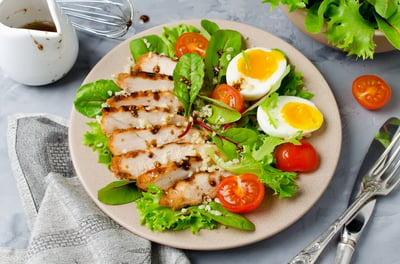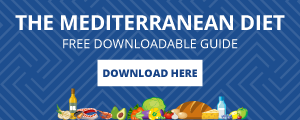Back in 2004, a team of nutritionists and scientists teamed up with Danish chefs to come up with a diet plan that embraced a healthier way of eating based on local, seasonal, and sustainable foods.
Because they were in a Nordic country, they focused on the foods and cuisine local to their region. The result of their efforts is now called the Nordic Diet, or New Nordic Diet.
The Nordic countries of Denmark, Norway, Sweden, Finland and Iceland all have harsh winters and limited arable land. Their traditional cuisines include wild game like elk or reindeer and locally caught fish. For vegetation, root vegetables and berries are quite common.
The New Nordic Diet embraces this traditional cuisine while including other foods common to these Nordic regions. It contains less sugar, less fat, twice the fiber and twice the seafood of the average Western diet, making it a great alternative to standard diets.
What Are The Benefits Of The Nordic Diet?
Scientists have studied the Nordic diet and determined that its results are quite similar to those of the Mediterranean Diet. Nordic diet followers had lower blood cholesterol levels, lower inflammation levels, lower blood pressure and measurable weight loss as compared to those on American diets.
In addition to improving your overall well being, the Nordic diet can help you lose weight. One weight loss study conducted in Denmark found that those that followed the New Nordic Diet plan lost three times the weight of those who followed a typical Danish diet. In a similar 6-week long study, the Nordic diet group lost 4 percent body weight, significantly less than those following a standard diet.
What Can You Eat On The Nordic Diet?

If you're considering giving the Nordic Diet a try, here are the foods to eat:
- Lean meats. Wild game meat, like elk or deer, is very lean and contains minimal fat. If you don't have access to these meats, you can substitute grass-fed lean beef, pork and lamb.
- Fatty fish. Because of its close location to the Baltic Sea, fish is vital to the Nordic diet. Experts recommend eating fish rich in Omega-3 fats, like mackerel, herring and salmon, on a regular basis.
- Root vegetables. Potatoes, rutabagas, carrots and beets are just a few of the root vegetables you can eat on the Nordic diet. But keep in mind that vegetables shouldn't be processed, so potato chips don’t count.
- Cruciferous vegetables. These vegetables offer a high dose of Vitamin C as well as plenty of soluble fiber. Some vegetables to add to your plate include cabbage, broccoli, cauliflower and bok choy.
- Berries. Lingonberries and bilberries grow abundantly in Nordic countries. But chances are, you won't find them in your local supermarket. If neither are readily available, you can substitute berries that do grow locally, like strawberries and blueberries.
- Whole grains. Traditional grain crops include rye, oats and barley. They should be consumed as whole grains: minimally processed. You can find these grains at natural grocery stores in town.
- Dairy – in small quantities. Nordic farmers often had milk from their herd animals. They used it to create what is now known as Skyr or Icelandic yogurt, which is thicker and tangier than Greek yogurts.
- Healthy fats. The Nordic diet recommends using a canola oil extracted from rapeseed. It is high in monounsaturated fats, much like olive oil.
The foods to avoid include sugar-sweetened beverages, added sugars, processed meats and food additives.
The more veggies and fruit you can eat raw, the better. Cooking depletes some of our food's natural nutrients, making raw a healthier alternative.
Not sure if the Nordic Diet is right for you? Give the Mediterranean Diet a try. Download our free Mediterranean Diet Guide to learn more.






